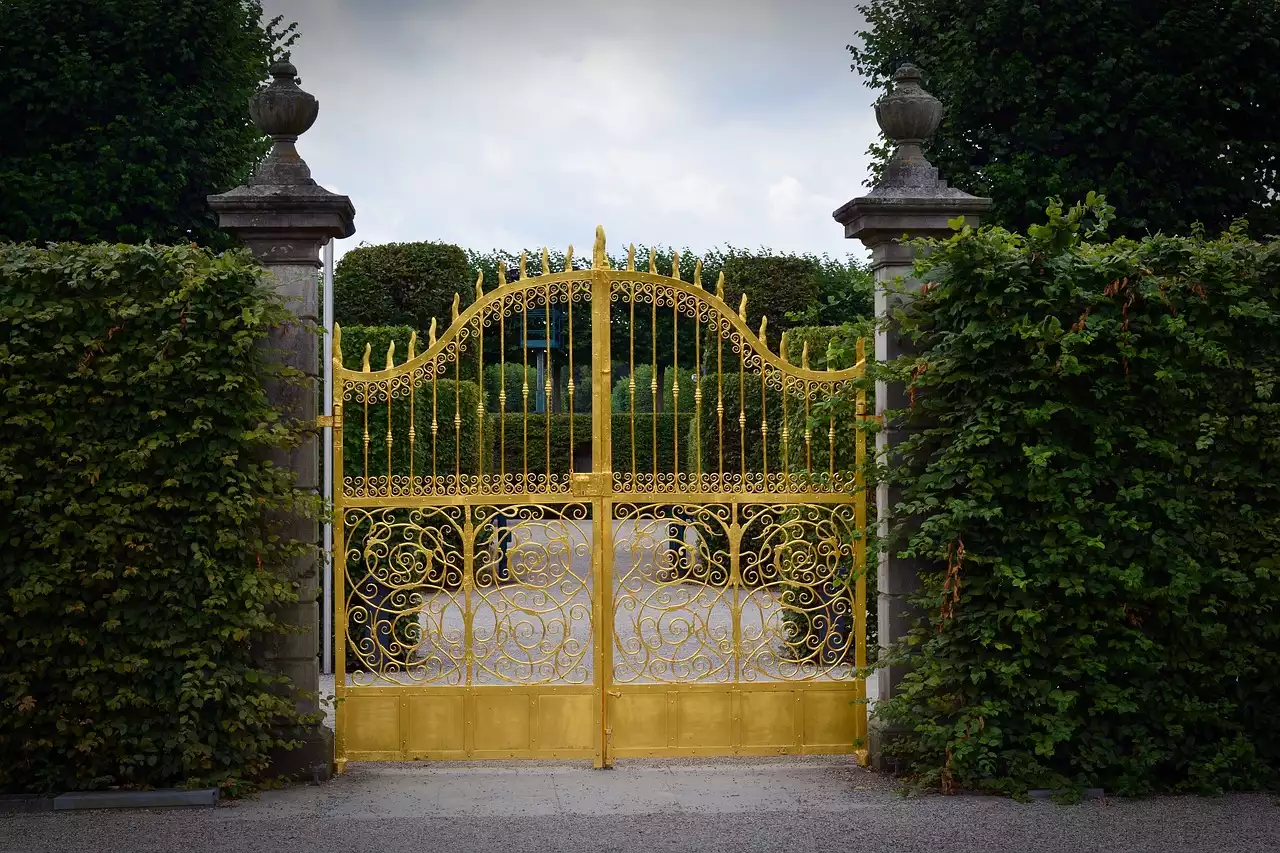What materials are needed for welding a garden gate?
Metal is one of the best materials you can use for garden gates. That’s because it is durable and strong, and it’s also easy to work with. There are lots of different types of metal that can be used to make garden gates, including mild steel, galvanized steel, iron, or stainless steel. If you are using a steel material, you will need to decide if you want to use mild steel or galvanized steel. Mild steel is the most common type of steel used for welded projects, but it does require pre-treatment to prevent rust from forming. Galvanized steel is a good choice if you plan to weld inside since it is naturally resistant to rust. Iron is a type of steel with a higher carbon content, so it is stronger and more durable than mild steel. Stainless steel is another option for making a beautiful gate. It is more expensive than mild steel, but it makes a beautiful, durable, and long-lasting gate.
What tools are needed for welding a garden gate?
As with any welding project, you will need a good pair of welding goggles to protect your eyes. Welding gloves are also a good idea to help prevent burns. If you plan to weld outdoors, you will also want to wear a welding helmet and appropriate welding clothing to protect yourself from burns and sparks. A grinder is also an essential tool for any welding project. A basic grinder with a wire brush attachment will be more than sufficient for this project. A wire brush is perfect for cleaning the surface of the metal and removing any rust or impurities. You will also want a sturdy worktable or workbench to help support the project and keep the materials stable while you work. A wire brush, grinder, welding goggles, welding gloves, a welding helmet, a ta table or workbench, a wire brush, and a grinding stone will be more than enough tools and supplies to complete this project.
How to prepare a metal gate for welding
Before you begin welding, you will need to clean, prep, and grind the gate to remove any rust and impurities. First, you will want to thoroughly clean the gate to remove any dirt or debris. Then, use a wire brush to remove any rust or impurities. If the gate has a thick layer of grime or rust, you may also want to use a grinder to clean the surface. Grinding the surface will provide a cleaner, smoother finish. Next, use a wire brush to clean the gate again using a circular motion to remove any remaining grime or impurities from the surface. You will also want to thoroughly clean the surface of the gate with a wire brush or steel wool to remove any dirt, rust, or grime from the area where you will be welding.
How to weld the metal gate
Start welding the bottom of the gate first. Place the welder on the lowest setting, and make a few tack welds, followed by a final weld to make a strong, durable joint. Then, finish welding the other side of the bottom of the gate. Next, weld the sides of the gate. Place the welder on the lowest setting again, and make tack welds followed by a final weld to create a strong joint. Finish welding the top of the gate. Finally, weld the handle or latch on the gate to finish the project. Place the welder on a higher setting this time, and make several tack welds before completing the weld.
Troubleshooting common welding issues
- Welding is not smooth - Make sure you are using the correct settings and that the welder is clean. Make sure the joint is clean and free of impurities, dirt, or other debris that could cause the weld to be less smooth.
- Weld has an orange or yellow color - The welder settings are set too high. Adjust the settings to a lower setting.
- Weld has a bluish or black color - The welder settings are set too low. Adjust the settings to a higher setting.
- Weld has too many impurities - Clean the joint and the gate thoroughly before beginning to weld.
- Weld has excess slag - Welding at too high a heat setting will cause excess slag. Lower the welder setting.
- Weld has a weak and brittle joint - This is a sign that the welder is set too low and the joint may not be getting hot enough to create a strong joint.
Finishing touches and painting the gate
After you have finished welding the gate, you will want to grind and sand the joints smoothly to remove any excess weld and create a smooth, clean finish. Then, sand the gate with some sandpaper or a sanding block to remove any excess weld and create a smooth, clean finish on the gate. Next, apply a coat of paint or a protective finish to seal the gate and prevent rust. A paint or protective finish will also give the gate a beautiful finish. You may also want to consider adding decorative or ornamental elements to the gate to make it stand out even more. These elements could include ornate hinges, decorative wrought iron designs, or other decorative elements that suit your taste and style.
How to maintain a welded metal gate
One of the best ways to maintain a welded gate is to keep it clean and free of dirt and debris. You will also want to protect the gate from rust and other weather damage by applying a protective finish or sealant to the gate. If the gate has begun to rust, you can sand it down, apply a rust-proof primer, and then seal it with paint to protect the gate.







